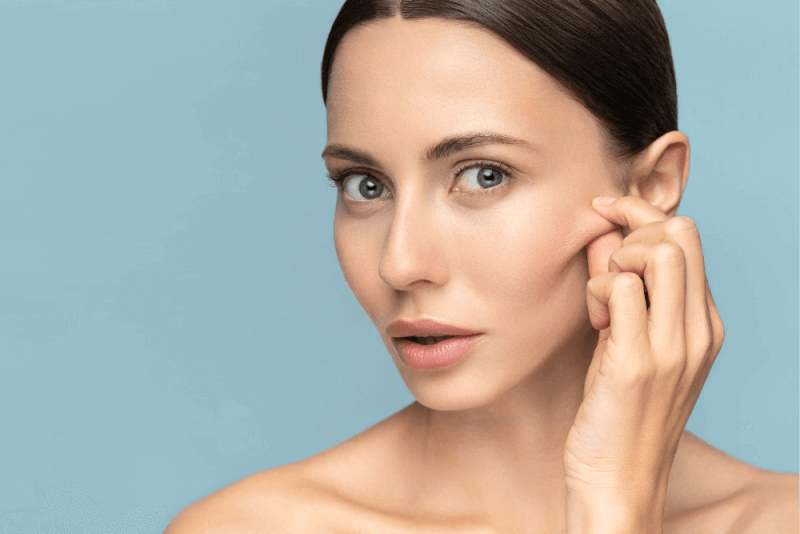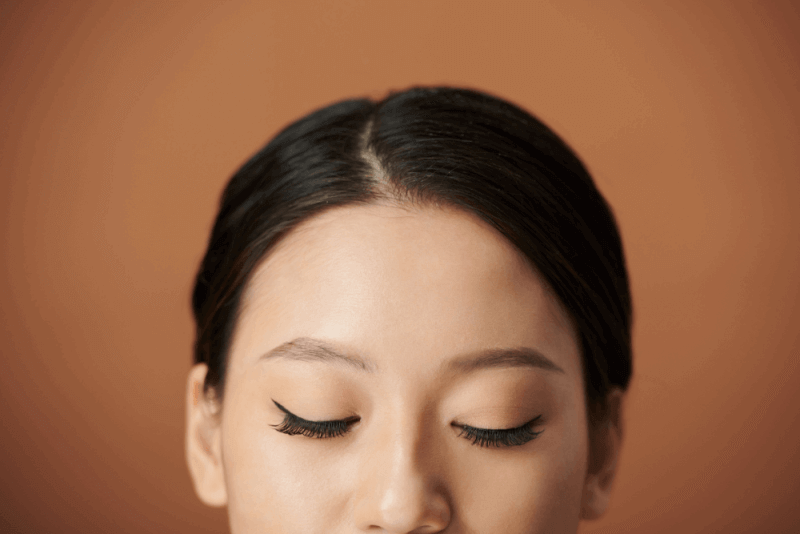What is Buccal Fat Removal?
Also known as cheek surgery or cheek fat removal, buccal fat removal is a procedure to remove buccal fat, the tissue between the cheekbones and jawbones that helps shape the face. Some people have more buccal fat than others.
Buccal fat removal surgeries are aesthetic procedures aimed at removing fat from this area, making the cheekbones more prominent.
Who is Buccal Fat Removal Suitable For?
For some people, round cheeks create an unattractive dullness on their face. Buccal fat removal helps to eliminate this dullness and chubbiness. Consider buccal fat removal if you:
- Dislike the full appearance of your cheeks
- Are at a healthy weight but have excess cheek fat
How is Buccal Fat Removal Surgery Performed?
Buccal fat removal surgeries can be performed in an operating room or a doctor's office. Patients can go home the same day. The steps of the procedure are as follows:
- Local anesthesia is applied to numb the skin on the face, so patients do not feel any pain during the procedure. However, if multiple procedures are being performed simultaneously, buccal fat removal can also be done under general anesthesia.
- Incisions are made inside the mouth on both sides to reveal the buccal fat pads.
- Pressure is applied to the cheek to further expose the fat pads.
- Once the fat pads are fully visible, they are cut out and removed.
- Finally, the incisions are closed with stitches, which are usually self-dissolving.
Pre-Operative Care for Buccal Fat Removal Surgery
A pre-operative consultation is necessary before buccal fat removal surgery. During this consultation, patients are informed about the procedure and the precautions they need to take before the surgery.
- Stop using tobacco products
- Follow the doctor's recommendations regarding medication use
Post-Operative Care for Buccal Fat Removal Surgery
After buccal fat removal surgery, patients are given information on how to care for their wounds. A special mouthwash may be prescribed to help healing and prevent infection. A liquid diet is recommended for 1-2 days until the incisions start to heal. When the doctor says it's appropriate, patients can gradually return to their normal diet, starting with soft foods.
Expected side effects after the surgery include swelling, bruising, and numbness at the incision site. These conditions will disappear on their own during the recovery process. The recovery period for buccal fat removal surgeries is usually 3 weeks, with results becoming visible in a few months.
Post-operative care for patients includes:
- Taking antibiotics as prescribed
- Using prescribed oral care products regularly and as instructed
- Not removing the pressure bandage applied during the surgery for at least 2 hours
- Applying cold compresses to the cheeks every 4 hours for the first 3 days after the surgery
- Gargling with salt water twice a day for the first 7 days after the surgery
- Avoiding strenuous activities and exercise for the first 5 days after the surgery
- Using sunscreen
Risks of Buccal Fat Removal
The risks associated with buccal fat removal surgeries include:
- Infection at the incision site
- Injury to facial nerves
- Narrowing of the salivary duct
- Numbness
- Changes in sensation
- Asymmetry
Post-Buccal Fat Removal Diet
Since the incisions for buccal fat removal are made inside the cheeks, patients need to modify their diet to prevent irritation at the incision sites.
For the first 2 days after surgery, it is recommended to consume liquid foods. Afterward, soft foods like yogurt, applesauce, and mashed potatoes should be chosen. Avoid hard foods due to the high sensitivity of the incision sites. Drinking plenty of water is essential for faster healing, but avoid using straws.







